GyeongGi Cultural Foundation
The modern and contemporary times of Gyeonggi-do
The 2020 Joongbu Ilbo series 〈Gyeonggi-do Museum〉 is a content produced in a total of 10 series by the GyeongGi Provincial Museum, which has undergone a complete reorganization of the exhibition hall in celebration of the 25th anniversary of its opening. If you would like to see more detailed 〈Gyeonggi Province Museum〉, you can enjoy it in the original text on the Jungbu Ilbo website. |
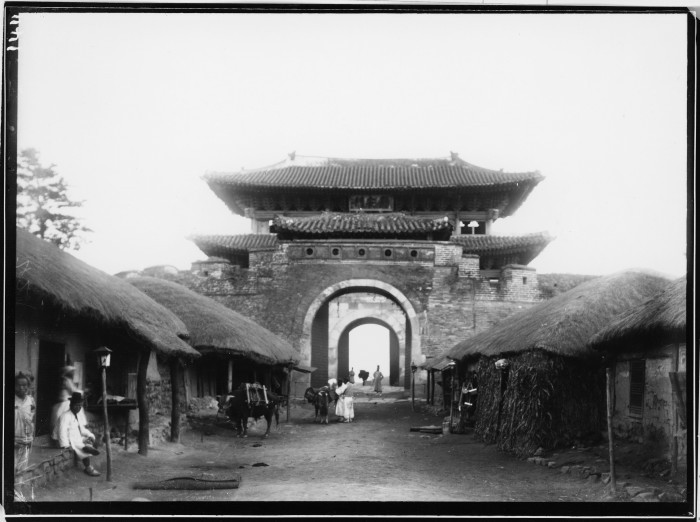
[Photo] Jangan-mun, Suwon during the Japanese colonial period
(owned by the National Museum of Korea)
This is a picture of Janganmun Gate in Suwon during the Japanese colonial period recorded on a glass plate. Glass dry plate is a kind of film made by applying a photosensitive emulsion to a glass plate and drying it, and it is a photographic technique widely used in the early 20th century. The Chosun Governor-General used this technique to record Joseon's cultural properties, architecture, and folklore.
The modern and contemporary times of Gyeonggi-do
Gyeonggi Province, as the center of the Korean peninsula surrounding Hanyang, became an important target point whenever foreign invasion occurred. Gyeonggi-do was the center of modernization by foreign powers and the place where the sense of resistance against invasion was the strongest. After the accession of King Gojong, Heungseon Daewon-gun enforced a policy of seclusion. When Daewon-gun persecuted Catholicism, the French used this as an excuse to attack Ganghwa Island (Yang Byeong-in). Daewon-gun further strengthened its isolation policy and prevented the US from strengthening and attacking (Shinmiyangyo), but foreign demands for opening ports and armed protests only increased. Eventually, Joseon gradually opened its doors to the country starting with the Ganghwado Treaty with Japan in 1876.
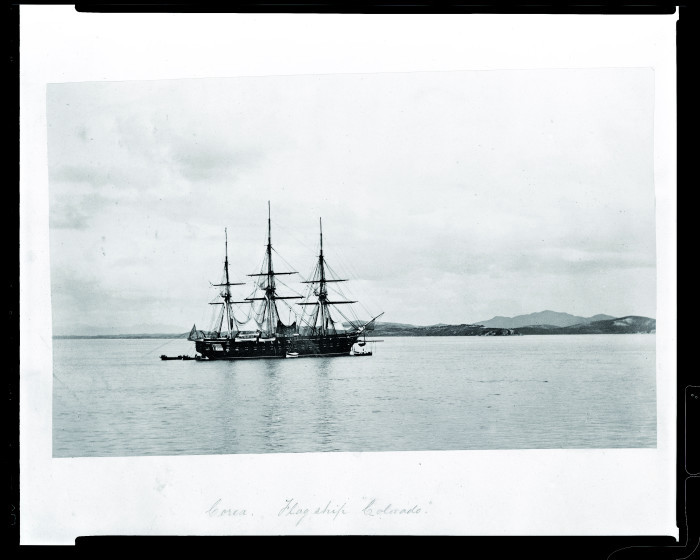
[Photo] Colorado, the flagship of the US Far East Fleet
The U.S. invaded Ganghwa Island by demanding that Joseon open a port in the name of compensation for the General Sherman incident. The Colorado was one of the US's Asian fleet warships, a very large flagship of 80m in length and 3,500 tons.
A GyeongGi facing modern times
In the 1880s, trade treaties were signed with Western powers, and foreign merchant ships moved to and from the port, foreign shops were established, and foreign goods were introduced. In the 1890s, new railways and trams were established, and the appearance of Seoul changed significantly. Legations and hotels were built, and foreigners lived there. Westerners who were introduced in this way also recognized Korea and Korean culture and some naturally accepted it, but most of them looked at Joseon from a civilizational perspective, assuming that their culture was excellent and that Korean culture was to be improved quickly.
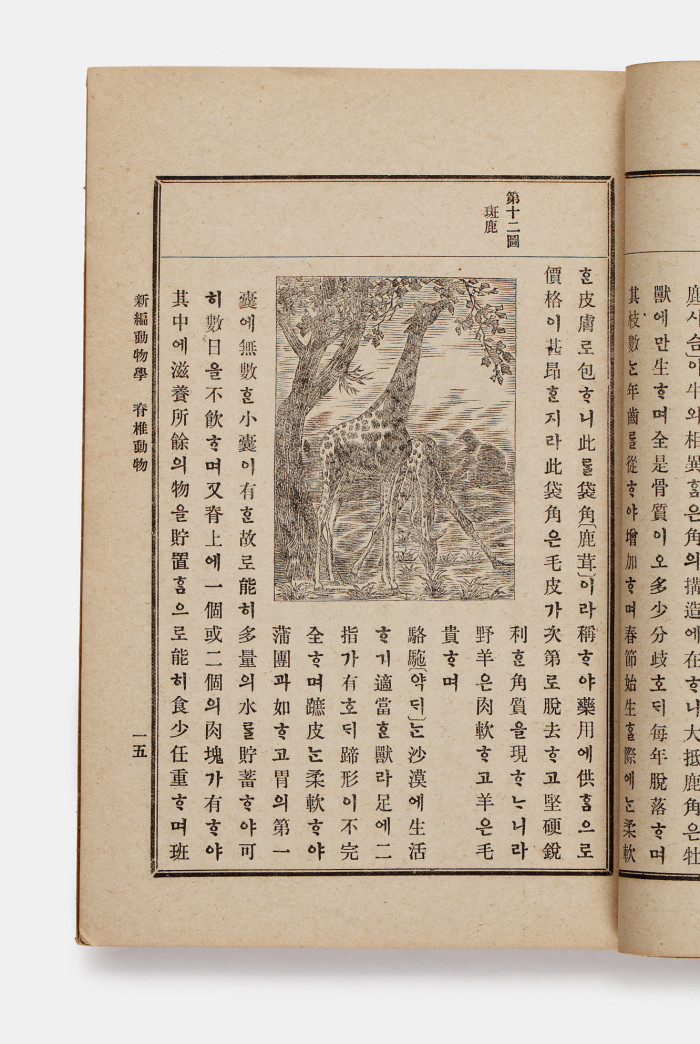
[Photo] New Zoology
It is a zoology textbook published in 1908. Boseongsa Temple, which printed this book, is a printing shop established in Boseong School in 1905, and teachers at Boseong School wrote many books for textbooks. After classifying animals, the instincts and evolution of animals were dealt with. Each chapter has an illustration of the animal's anatomy.
Becoming modernized
Since the opening of the port, modern civilizations and science and technology have been introduced, leading to many changes in railroads, architecture, and lifestyle. The government has prepared various rehabilitation policies in order to introduce excellent Western technology. Railroads such as the Gyeongin Line, Korea's first installed railway, and the Gyeongbu Line connecting Seoul and Busan, passed through Gyeonggi Province. In 1902, the first public long-distance telephone was opened between Seoul and Incheon. The introduction of these new Western technologies has the side that modernized Joseon and brought convenience in life, but in fact, it has two sides that it was used as a tool for the convenience of Japanese domination with the intention of aggression.
A new wind of reform blew into the education system. The Gabo Reform in 1894 brought fundamental changes to the education system. As the old system was abolished and the modern education system was established, the government promoted the publication of modern textbooks. There has also been a movement to fight Japan's strong aggression by improving his skills through education. Intellectuals published foreign history, biographies, novels, and Western-style textbooks to enlighten the people. However, with the establishment of the Ministry of Information and Communication in 1906, interference in Japanese education policy gradually became more severe, and education control intensified as the publication of textbooks that raised national awareness was prohibited and opportunities for higher education were reduced.
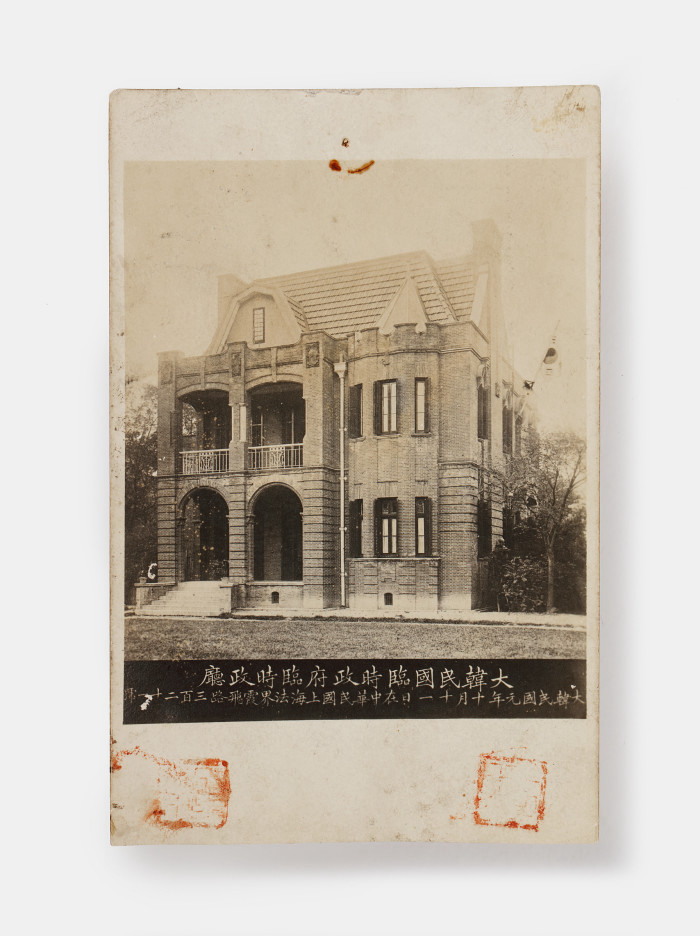
[Photo] Korea Provisional Government Building
This is a photograph of the Provisional Government Building of the Republic of Korea in Shanghai, China in 1919, and is printed on a postcard. At the bottom, the time and address of “No. 321, Harbiro, Shanghai Legal District, Republic of China on October 11, the first year of Korea,” are written in detail. It is Yu-japan where the time and address remain.
Aspirations for independence
The most important pivots in the history of the Korean independence movement against Japanese imperialist exploitation were the March 1st Movement and the Provisional Government of Korea. The independence movement in the Gyeonggi region proceeded more intensely than any other region. Gyeonggi Province, adjacent to Seoul, quickly received news of the national independence movement, and actively carried out the national independence movement from March to April. The first movement for national independence was the demonstration for national independence on the north gate of Suwon-gun on March 1, 1919, followed by Kaesong, Siheung, Yangpyeong, Pyeongtaek, and Anseong, gradually expanding to the entire Gyeonggi Province. Gyeonggi Province recorded the largest number of national independence movements and the largest number of participants. The biggest achievement of the March 1st Independence Movement was the establishment of the provisional government of the Republic of Korea, which became the center of the independence movement as a great national unity was achieved. The Provisional Government formed the government with members of the State Council, including President Syngman Rhee and Prime Minister Lee Dong-hui, and established provisional legislators corresponding to the current National Assembly. The Provisional Government became the first democratic republic government in our history by stipulating that “Korea is a democratic republic” in the provisional charter of its constitution. While concentrating on diplomatic activities, the Provisional Government carried out anti-Japanese activities with the independence army operating in the Maritime Territory and Manchuria until the defeat of the Japanese colonial rule in 1945. Representative independence activists from Gyeonggi-do who led the provisional government include Soang Jo, Chanik Park, Woonhyung Yeo, Hangseop Um, and Ikhee Shin.
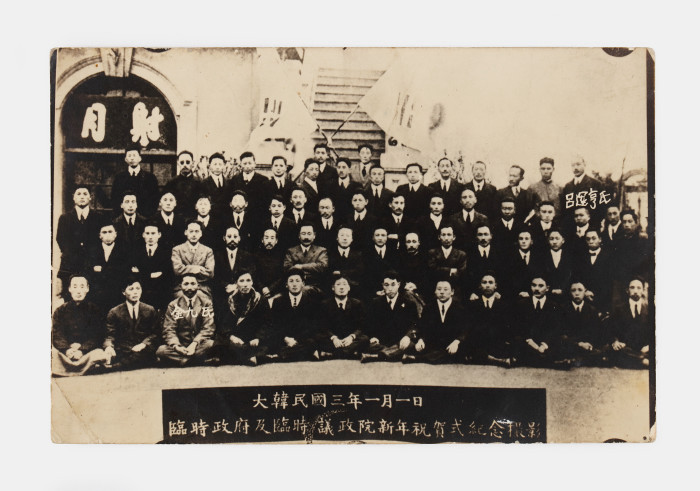
[Photo] New Year's Celebration with the Provisional Government of the Republic of Korea and the Provisional Assembly
This is a picture taken during the New Year's celebration of the Provisional Government and Provisional Assembly on the roof of Yongan Department Store in Shanghai, China on January 1, 3rd year (1921), Korea. In the fourth row from the left of the 2nd row, you can see the appearance of the Ye-gwan Shinsik.
Today and the future of Gyeonggi-do
Gyeonggi Province has been a major industrialization site in Korea since liberation in 1945. Many factories and industrial complexes were built in Gyeonggi-do, which became the driving force of Korean economic growth. Since the 1970s, high-tech industries such as electricity, electronics, semiconductors, and mobile phones have developed based on Gyeonggi-do. However, in the process of rapid industrialization, the cultural identity of Gyeonggi-do faced a crisis, and the tendency to be subordinated to Seoul intensified as it was located in the metropolitan area. In the 2000s, Gyeonggi-do has emerged as a foothold to leap to the world. In 2005, KINTEX in Goyang City opened its doors, and transportation facilities that serve as the basis for global expansion such as the West Coast Expressway and Pyeongtaek Port were constructed. Gyeonggi-do is striving to become the center of the Korean Wave in the global era.
-Jiin Yoo (Curator Researcher, GyeongGi Provincial Museum)-
<Copyright(c)2002 GGC All rights reserved.>
- Writer
- GyeongGi Cultural Foundation
- About
- Everything about the GyeongGi arts and culture, GGCF
- homepage
- https://www.ggcf.kr/